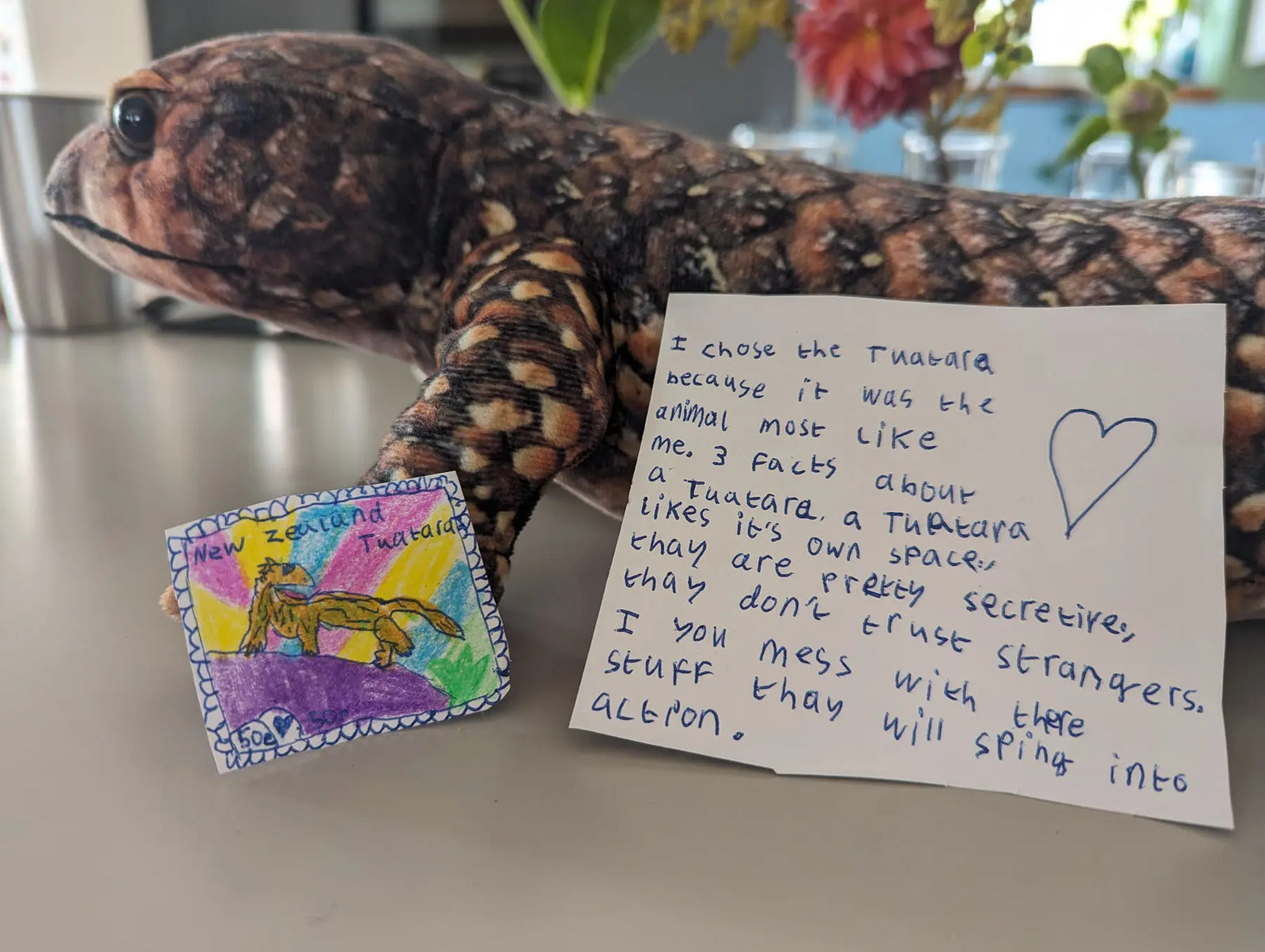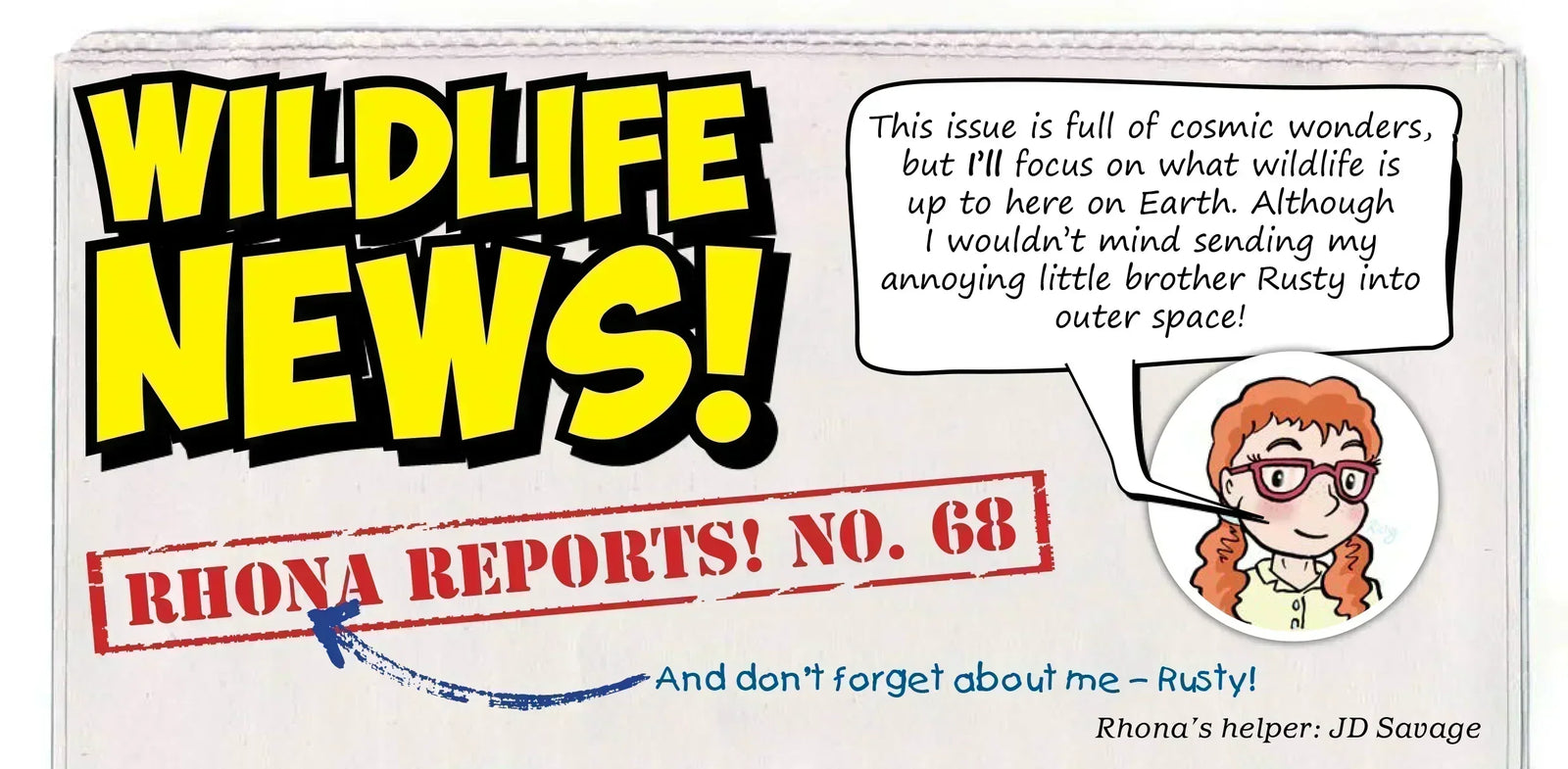Your Cart is Empty
Missed the post? 🎄 Print an Eco Kids Christmas gift card – their Eco Kids adventure starts in January.
Missed the post? 🎄 Print an Eco Kids Christmas gift card – their Eco Kids adventure starts in January.
Polar bears are the largest land predators on the planet, but despite being totally awesome, their future is not looking too good. Let’s find out why…
Polar bears grow to around three metres tall and can weigh up to 600kg, although the biggest polar bear ever recorded weighed 1,002kg (that’s just over a TON!). Despite their size and weight, they move gracefully over the ice and are stealthy hunters. They are also excellent swimmers. Polar bears are PERFECTLY adapted to their frozen habitat:
1. Furry pads keep their paws warm and prevent heat loss.
2. Tiny ears help reduce heat loss.
3. Thick coats insulate against the cold and provide camouflage.
4. An amazing sense of smell – the polar bear can sniff out a seal from almost a mile away!
5. Their fat layer stores energy and adds more insulation.
 The entire global population of polar bears is around 26,000, which is really not very many at all. There are 19 populations overall; 13 sub-populations live in Canada, and in West Greenland, there are just 3 subpopulations of around 2,500 bears.
The entire global population of polar bears is around 26,000, which is really not very many at all. There are 19 populations overall; 13 sub-populations live in Canada, and in West Greenland, there are just 3 subpopulations of around 2,500 bears.
 Is the main problem endangered polar bears are facing. Human-made CLIMATE CHANGE is warming the Arctic and the ice is MELTING much faster than it should be. This means that the very ground under the bears’ feet is disappearing. More importantly, the sea ice is where polar bears’ main food source – seals – also lives. Fewer seals mean less food, which leads to all sorts of other problems: • Cubs are born smaller. The cubs’ lower weight means they are less likely to survive.
Is the main problem endangered polar bears are facing. Human-made CLIMATE CHANGE is warming the Arctic and the ice is MELTING much faster than it should be. This means that the very ground under the bears’ feet is disappearing. More importantly, the sea ice is where polar bears’ main food source – seals – also lives. Fewer seals mean less food, which leads to all sorts of other problems: • Cubs are born smaller. The cubs’ lower weight means they are less likely to survive.
• Fewer cubs are being born. The polar bear population has increased since the 1973 worldwide hunting restrictions were introduced, but there are still fewer bears than before hunting became a problem.
FOOD HABITS…
 Because of their seal diet, polar bears are the most carnivorous member of the bear family. Their bodies NEED to stock up on a large amount of seal fat if they are to survive the three to four months of eating absolutely nothing (aka ‘fasting’) each year. Some populations have to fast for even longer before the ice returns and they can begin hunting again. So polar bears EAT AS MUCH AS POSSIBLE between late April and mid-July.
Because of their seal diet, polar bears are the most carnivorous member of the bear family. Their bodies NEED to stock up on a large amount of seal fat if they are to survive the three to four months of eating absolutely nothing (aka ‘fasting’) each year. Some populations have to fast for even longer before the ice returns and they can begin hunting again. So polar bears EAT AS MUCH AS POSSIBLE between late April and mid-July.
If a 55kg seal provides a bear with eight days’ worth of energy, imagine how many seals they need to hunt to survive the winter!
ADAPTING TO THE NEW CLIMATE
Let’s look at the arguments
Polar bears have been around for at least 125,000 years, possibly millions of years. Some scientists argue that as they have survived climate changes in the past, they will do so again. But there are two main differences between then and now:
1. Speed. Climate change is happening very quickly. The complete loss of summer sea ice could happen before this century ends!
2. Humans. Yes, us again. It was nature that was responsible for previous climate changes. Now, human beings are responsible for warming the planet with our carbon emissions and industry.
HOW CAN POLAR BEARS ADAPT TO SURVIVE?

Above: Polar bears that have wandered into a town are put into polar bear jail and then airlifted back to the tundra.
Eat other stuff?
These bears eat pretty much whatever they can get their paws on rodents, reindeer, birds, fish, eggs, seaweed, berries and even human rubbish. But it’s not as filling as a fat, juicy seal, and can lead to other problems…
Bear attacks in Greenland have increased; melting ice means bears spend more time on dry land with easier access to populated areas. You don’t want to meet a polar bear on the ice, but a polar bear scavenging in town means it’s desperately hungry, which means it’s also desperately dangerous. These encounters endanger bears, as well as people.
 Breed with other bear species?
Breed with other bear species?
Brown bears, for example, are perfectly adapted to life on dry land. But this could lead to the LOSS of polar bears as a separate species, so perhaps it wouldn’t be adaptation but extinction.
Relocate polar bears to the Antarctic?
Whoa, slow down a minute – penguins and polar bears? They have never mixed; they live on opposite poles! Seriously, who knows what would happen if we were to introduce the planet’s most powerful land predator to the planet’s cutest non-flying bird. Let’s not go there.
 This feature has been published in our 'Winter Wildlife Resources Pack'. This 30-page pack is the perfect Christmas companion! Discover the weirdest winter creatures. Spend time together crafting pinecone penguins and glistening ice-art. Learn how to protect the polar bear and make wild discoveries with our spotter sheets. Get yours for FREE here.
This feature has been published in our 'Winter Wildlife Resources Pack'. This 30-page pack is the perfect Christmas companion! Discover the weirdest winter creatures. Spend time together crafting pinecone penguins and glistening ice-art. Learn how to protect the polar bear and make wild discoveries with our spotter sheets. Get yours for FREE here.
It’s a really good information for us to know what’s happening in artic.We should act about climate change.
Comments will be approved before showing up.
What an incredible fleet of rockets you launched into our inbox this month! Each design showed a different way to turn everyday scraps into something extraordinary. Some rockets looked ready for deep-space exploration, others carried alien crews, and a few were so beautifully decorated they could ha...
Meet the winners of our New Zealand postage stamp competition and explore a gallery of brilliant children’s designs celebrating Aotearoa’s unique wildlife.
Here’s a sneak peek straight from our latest issue of Eco Kids Planet, Wonders Beyond Earth. Wildlife News is where Rhona and Rusty round up the wildest real-world stories from across the planet. Enjoy the read! 🌎 Amazing Photo Entries! The Wildlife Photographer of the Year team gave me a sneak...




Cebitson
May 26, 2020
It’s a really good information for us to know what’s happening in artic.We should act about climate change.